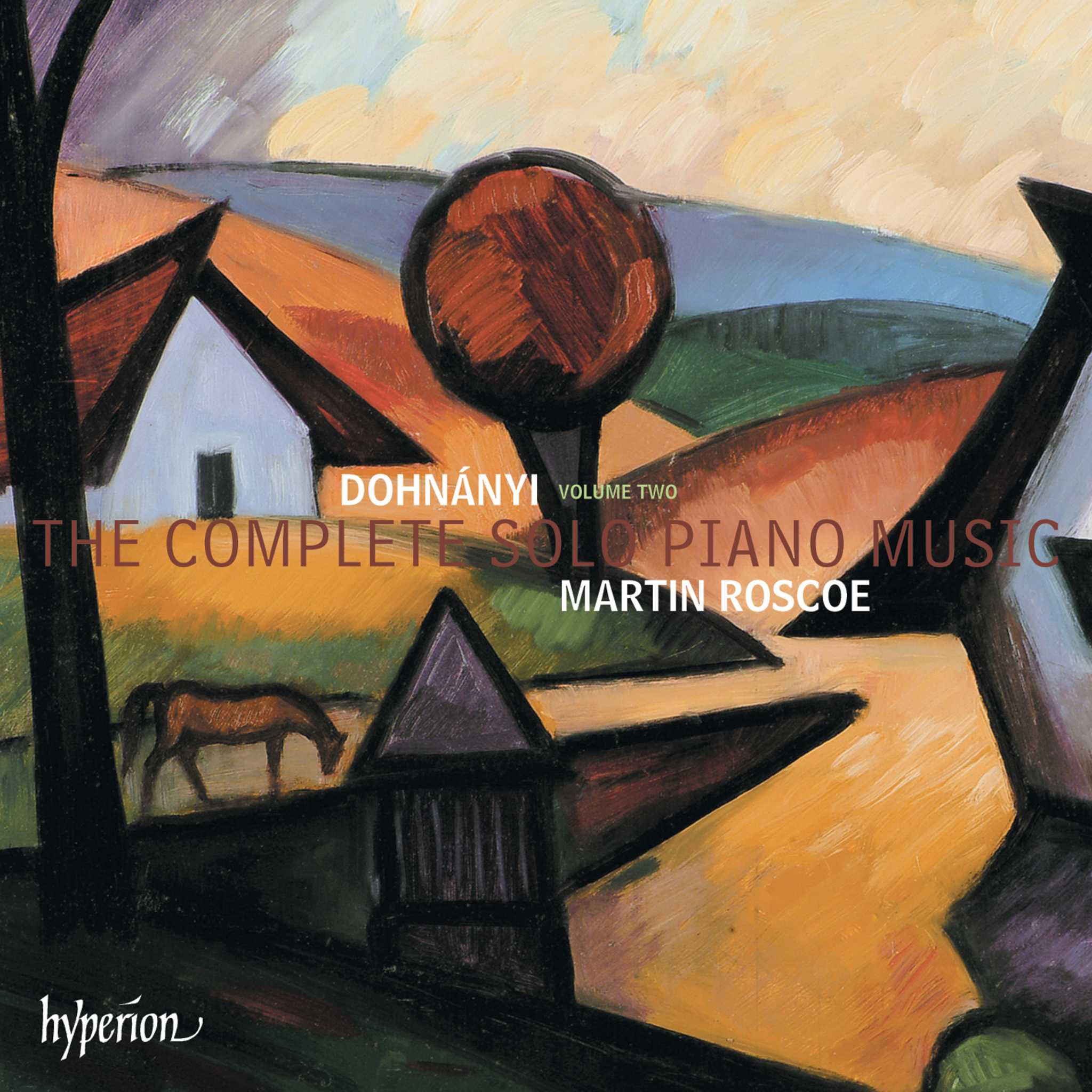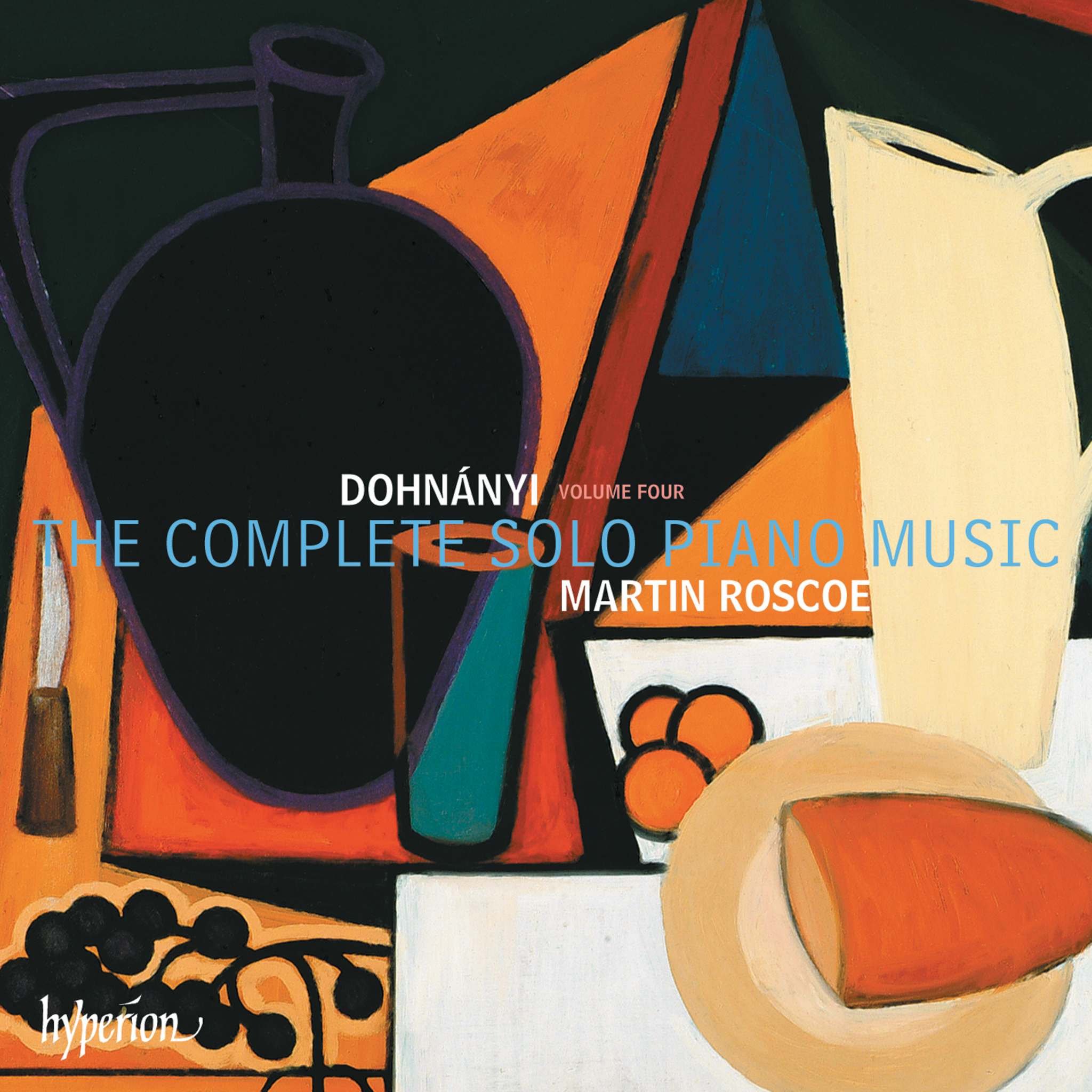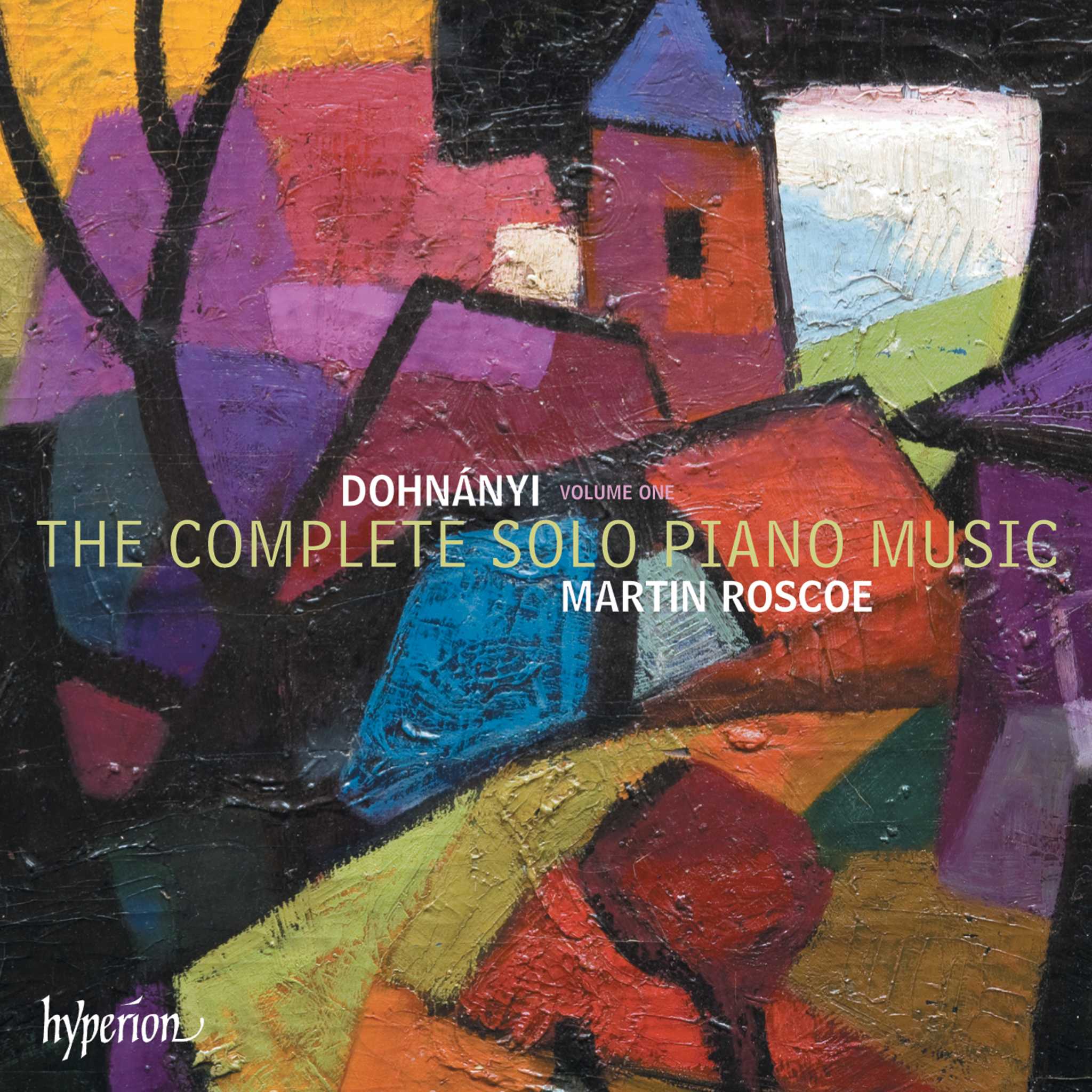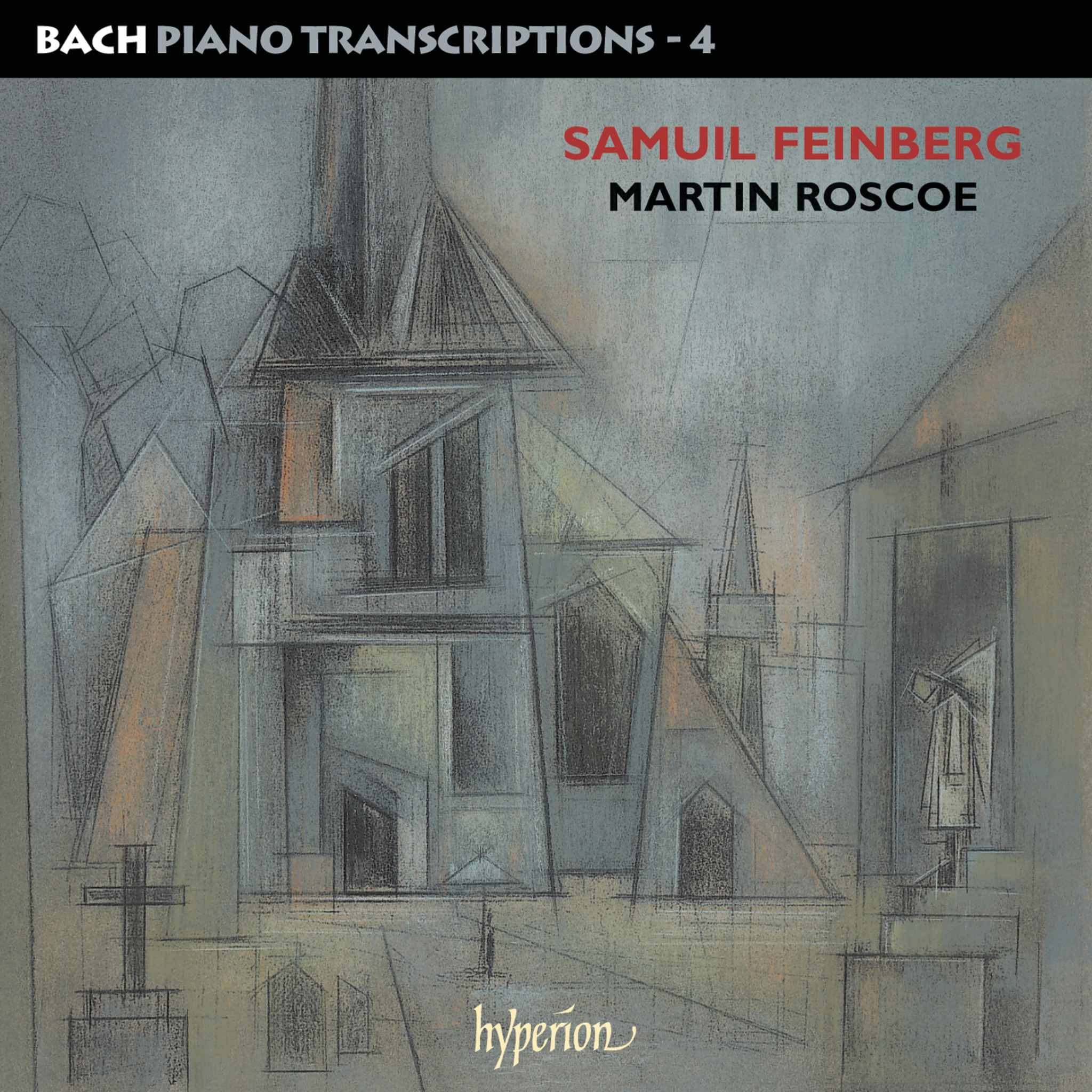Album insights
In the early 1780s, after nearly two decades in Prince Nikolaus Esterházy's service, Haydn's music and reputation had spread throughout Europe. Without significant copyright laws at the time, music distribution was often left to publishers who made unauthorized copies of handwritten versions. Haydn had concerns about publications that didn't bring him financial gain, yet he was wise enough to have his works published by multiple publishers. This was the case with Symphonies No. 76, 77, and 78, which were released by three different publishers in Vienna, Paris, and London. Mozart attempted a similar approach by selling manuscripts to one publisher and then rewriting the music from memory to offer to another.
These symphonies marked the first series of works to be published by Haydn for performance beyond the confines of Eszterháza. Intended for a concert tour in London, Haydn never embarked on this journey until after the Prince's death in 1790. By 1781, Haydn had been invited to present his operas and symphonies to the London music scene following a successful performance of Symphony No. 53 at a Bach-Abel concert. While eagerly awaited in London, Haydn's arrival was repeatedly delayed, leading to speculation about his potential abduction to Britain. Described as the "Shakespeare of musical composition," Haydn's music was highly anticipated in London.
The composer, consistently awaited by British audiences, was even playfully suggested for abduction to England. In a written offer to Boyer in Paris, Haydn described the three symphonies as elegant, lighthearted, and of high quality, distinct from his works tailored for Eszterháza performances. Symphony No. 76, comprised of the standard four movements, defied convention with its direct entry into the first theme, featuring arpeggiated chords and a restrained downward phrase. The absence of a slow introduction distinguished it from Haydn's other works of the time.
Symphony No. 77, notable for its innovative finale, incorporated the structure of a sonata rondo, blending elements of a sonata movement with a rondo. Its preceding movements were equally distinctive: an introductory Vivace with a genuine second theme, a gentle Andante sostenuto with muted strings, and a lively Menuet hinting at the advanced Scherzo form. The urgency of Symphony No. 78's first movement aligned with its key of C minor, leading to a related key of E-flat major for the second theme, dominating the exposition. The development section showcased exceptional contrapuntal passages, setting the stage for the emerging brilliance of Haydn's music.





